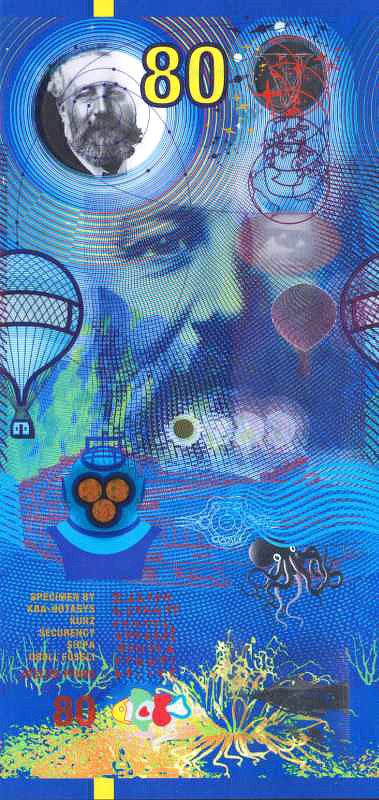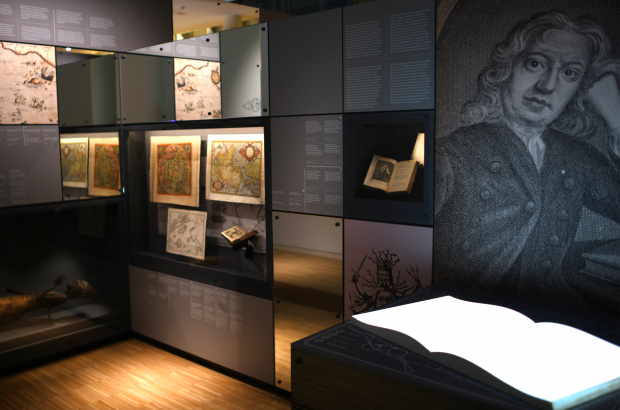- Daily & Weekly newsletters
- Buy & download The Bulletin
- Comment on our articles
Fakes and falsehoods go on show at House of European History
The House of European History has reopened after the second coronavirus shutdown with Fake for Real, an exhibition which retraces the history of forgery and falsification in Europe from the Trojan Horse to the deep rabbit holes currently created on the internet.
The show is broken into six themes but also has a chronological timeline. Among the 200 objects, lent by 30 European institutions, are a Japanese mermaid, a forged Vermeer that fooled Hermann Göring and a fake supermarket. Among the stories told are a fake army used by the allies in the second world war and the forged document The Donation of Emperor Constantine the Great, which fundamentally changed European history.
“We chose the Trojan Horse for the poster because it shows there is a long history of fakery,” says Simina Badica, curator of the House of European History and co-curator of the exhibition.
“It is not that our era is the most prone to fakes and forgeries. They have always existed - but what is interesting is to see that actually each era fakes what it values most.
“Fakes also change because forgers need to provide what people crave, what people want and this is why we chose this topic for our exhibition as it’s actually a very interesting lens into European history.”
The popes wanted secular power as well as religious power and in the late eighth century a document called the Donation of Constantine was “found”. In the document, Constantine gives the popes the right of secular power in Western Europe, deeply changing the course of history. It wasn’t until the Renaissance when priest Lorenzo Valla published an expose of the document using historical, philological and legal arguments that it was accepted as fake. Among his arguments, he pointed out that the Latin used in the third century (when the document was supposedly written) is very different from the Latin used in the text.
“We continue the exhibition with scientific forgeries, such as the Piltdown Man, an infamous palaeontology forgery that took 40 years to debunk,” says Badica. “We talk about the concerns that appeared when the printing press was invented, because that’s the time when people started to ask: Should we allow everything to be printed? They didn’t use the term fake news - but this is what we would call it today.
“This is also when the whole debate between the freedom of expression, freedom of print and censorship began and it gives our visitors a longer perspective on how we talk today about how should we regulate the media or not and what are the consequences and what are the benefits of each position.”

The final section of the exhibition, entitled the Era of Post Truth, is an interactive space filled with games and videos where the visitors try their strengths as fact-checkers - deciding what gets published and playing with a “filter bubble” which explores the inner workings of social media.
The show is on until October 2021. “That’s quite unusual for a temporary exhibition, but that’s the way we work at the House of European History,” says Badica. “We go in depth with the topics we choose. For this exhibition we have been working for three years.
“In terms of Covid-19 precautions we have been awarded the Brussels Health Safety Label so we are taking all the measures necessary to ensure that our visitors are safe.”
Photos courtesy House of European History - EP 2020


















